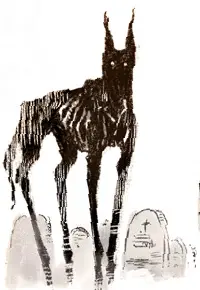Now widely considered as one of folk horror’s classic films, Michael Reeves’ Witchfinder General (1968) was not only the first of the unholy trinity that are seen to define the genre – alongside Piers Haggard’s The Blood on Satan’s Claw (1971) and Robin Hardy’s The Wicker Man (1973) – but also arguably the most disturbing of the three. Adapting Ronald Bassett’s 1966 historical novel, Reeves examined a world of superstition, heresy and misogyny, effectively dramatising the brutality of a society gone awry.
Reeves’ film follows the evil doings of witchfinder general Matthew Hopkins (Vincent Price) and his second-in-command Sterne (Robert Russell) as they persecute their way across East Anglia during the English civil war. Parliamentarian soldier Richard (Ian Ogilvy) is due to be wed his love Sara (Hilary Heath) after gaining permission from Priest Lowes (Rupert Davies). With locals falsely accusing Lowes and Sara of witchcraft, Hopkins and his mob descend on the village, enacting terrible deeds supposedly in the name of God. When Richard returns to find the aftermath of Hopkins’ actions, he vows revenge upon the witchfinder.
Although the film has undoubtedly become important to the yet-to-be-identified folk horror genre, Reeves in fact set out to make a kind of English equivalent of a western, particularly in the mould of filmmakers such as Sam Peckinpah. He pays particular attention to the landscape, successfully creating the impression of vast East Anglian plains, where isolated communities are left to their own devices and superstitions, which fester into violence. The result is one of the great cinematic inversions of the pastoral ideal; a film whose landscapes are simultaneously idyllic and ominous.
Here are five locations from the film as they stand today…


